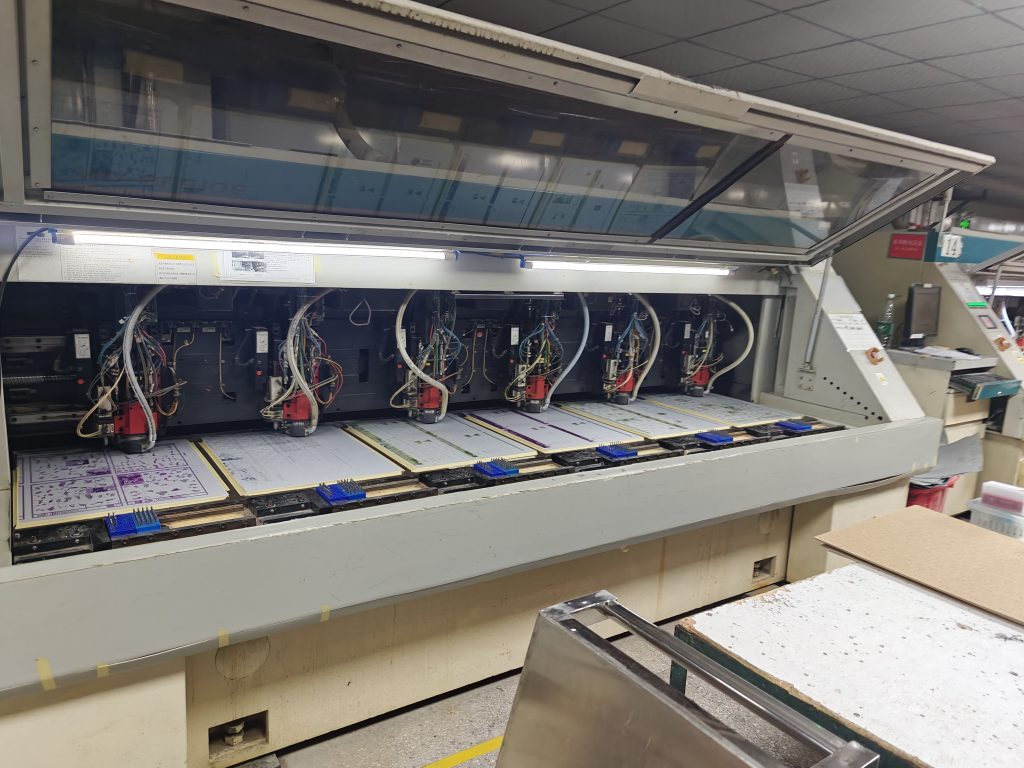In the manufacturing process of printed circuit boards (PCBs). Different PCB drilling processes have their own characteristics, and understanding their advantages and disadvantages is essential for choosing the appropriate process and ensuring the quality and performance of PCBs.

Mechanical Drilling
-
Advantages:
- Mature technology: Mechanical drilling is a traditional PCB drilling method with relatively mature technology and low equipment cost.
- Relatively high precision: For some PCBs with not extremely high aperture requirements, mechanical drilling can achieve good precision.
- Wide application range: It can handle PCB boards of different thicknesses.
-
Disadvantages:
- Hole wall quality issues: Some burrs may be generated on the hole wall, requiring subsequent processing steps.
- Stress impact on the board: The mechanical drilling process exerts a certain stress on the PCB board, which may lead to board deformation.
- Not suitable for very small apertures: For apertures smaller than 0.2 millimeters, mechanical drilling is more difficult.
Laser Drilling
-
Advantages:
- High precision: Can achieve very small apertures with extremely high precision, suitable for the manufacturing of high-density PCBs.
- No stress impact: Laser drilling is a non-contact processing method and does not generate stress on the PCB board, avoiding the problem of board deformation.
- Flexible and diverse: Can drill at any position on the PCB according to design requirements, and the hole shape can also be more diverse.
-
Disadvantages:
- High equipment cost: Laser drilling equipment is expensive, and the initial investment is large.
- Relatively slow processing speed: Compared with mechanical drilling, the speed of laser drilling is relatively slow, especially when processing large-area PCBs.
- May generate a heat-affected zone: During the laser drilling process, a certain amount of heat is generated, which may cause a thermal impact on the PCB board and affect the performance of the board.
Electric Discharge Machining (EDM) Drilling
-
Advantages:
- Suitable for processing high-hardness materials: For some PCB boards with high hardness, EDM drilling has an advantage.
- Can process complex shapes: Can achieve hole processing of complex shapes.
- Less stress impact on the board: Compared with mechanical drilling, EDM drilling has less stress impact on the board.
-
Disadvantages:
- Low processing efficiency: The speed of EDM drilling is slow and not suitable for mass production.
- May generate micro-cracks: During the processing, micro-cracks may be generated on the PCB board, affecting the reliability of the board.
- High equipment maintenance cost: EDM drilling equipment requires a high maintenance cost.
Considerations for Choosing Different Processes
- PCB design requirements: If high precision, small apertures, or complex hole shapes are required, laser drilling may be a better choice. If cost is a concern and the aperture requirements are not extremely high, mechanical drilling may be more appropriate.
- Board material and thickness: Different drilling processes have different adaptabilities to board materials and thicknesses. For example, for high-hardness boards, EDM drilling may be more suitable.
- Production batch size: In mass production, processing speed and cost are important considerations. Mechanical drilling usually has an advantage in large-scale production, while laser drilling may be more suitable for small-batch, high-precision production.
- Subsequent process requirements: Consider the subsequent processing requirements after drilling, such as the roughness requirements of the hole wall and whether plating is required. Different drilling processes also have different impacts on subsequent processes.
In conclusion, PCB drilling processes each have their advantages and disadvantages. When choosing, factors such as PCB design requirements, board materials, production batch size, and subsequent processes need to be considered comprehensively to select the most suitable drilling process and ensure the quality and performance of PCBs.
